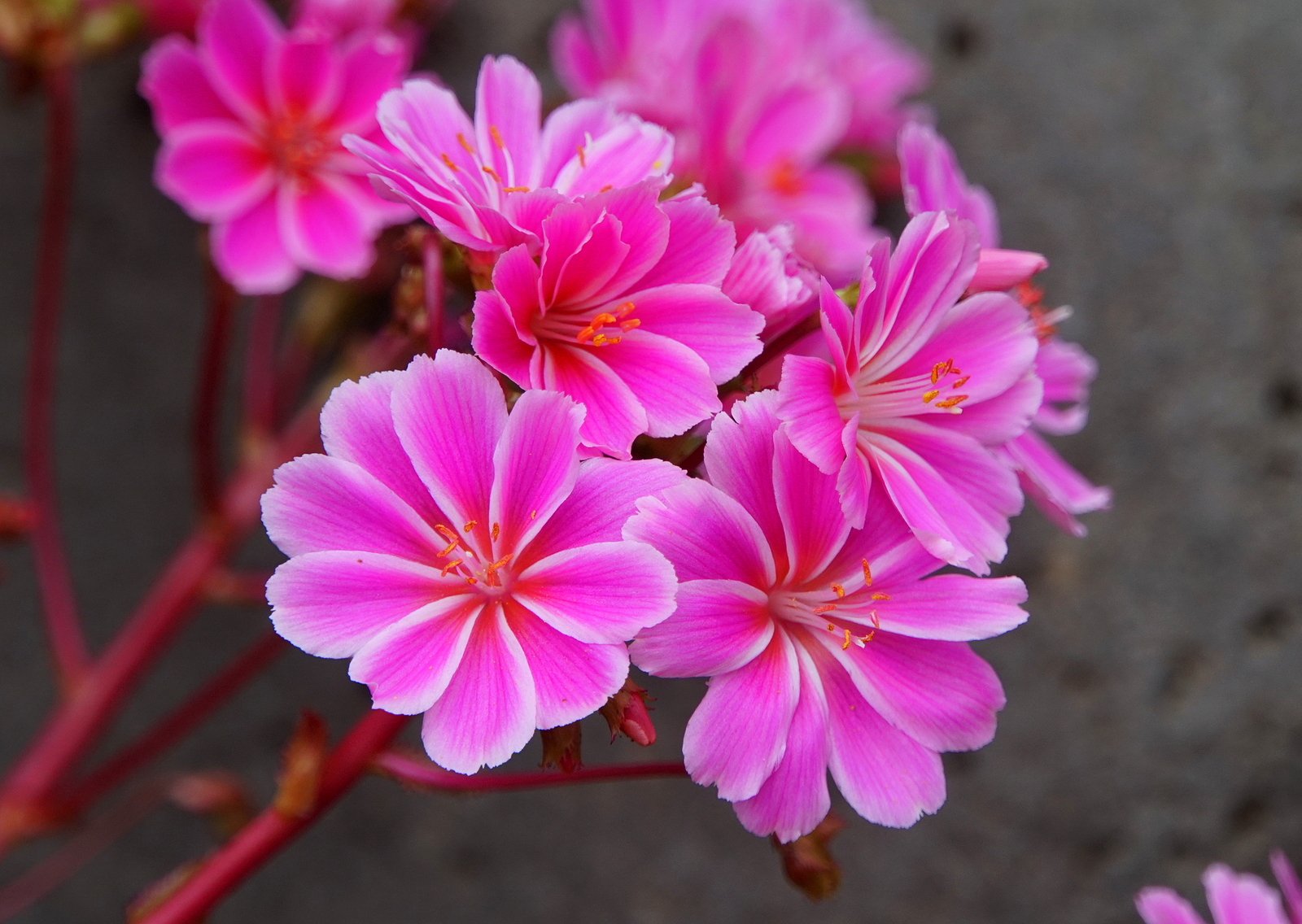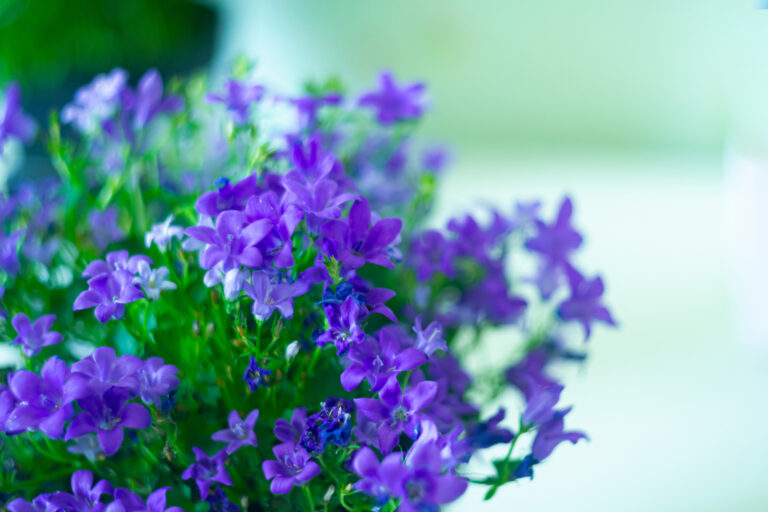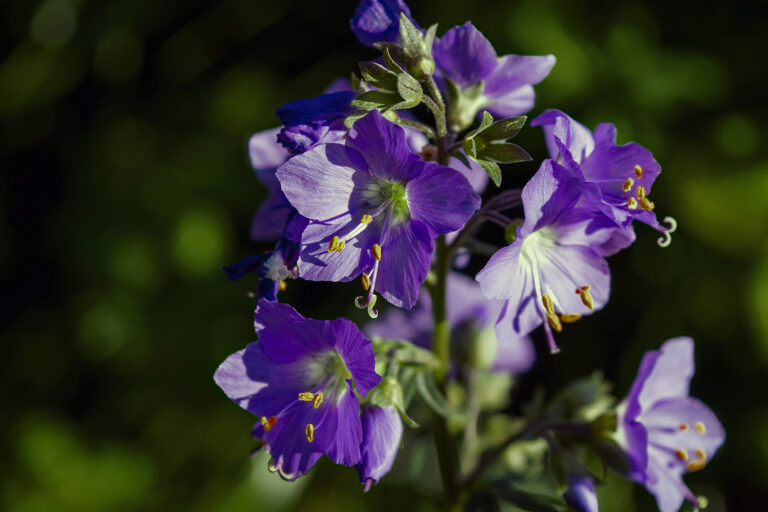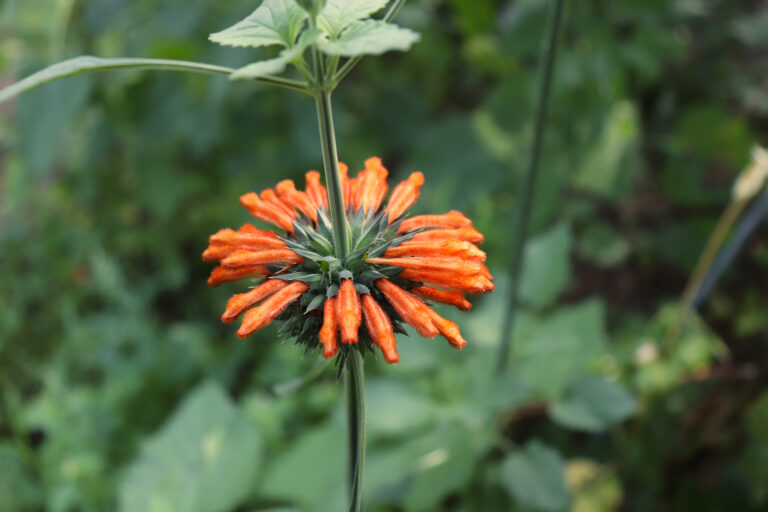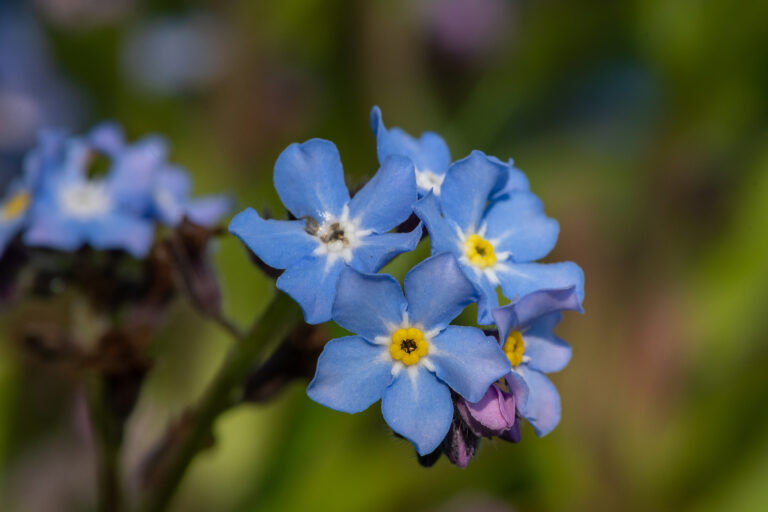How to Grow Bitterroot — Lewisia
Lewisia — commonly called bitterroot–produces clusters of funnel-shaped pink, magenta, white, orange, or yellow flowers in spring or summer. Flowers appear above low-growing rosettes or tufts of deciduous or evergreen leaves.
Lewisia is native to western North America. The deciduous species occur in open, stony meadows, or grassland. Leaves die down after flowering. Evergreen species are commonly found in partial shade among rocks or crevices.
Lewisia is a good choice for rock gardens or in crevices of a retaining wall.
There are about 20 species in the Lewisia genus.
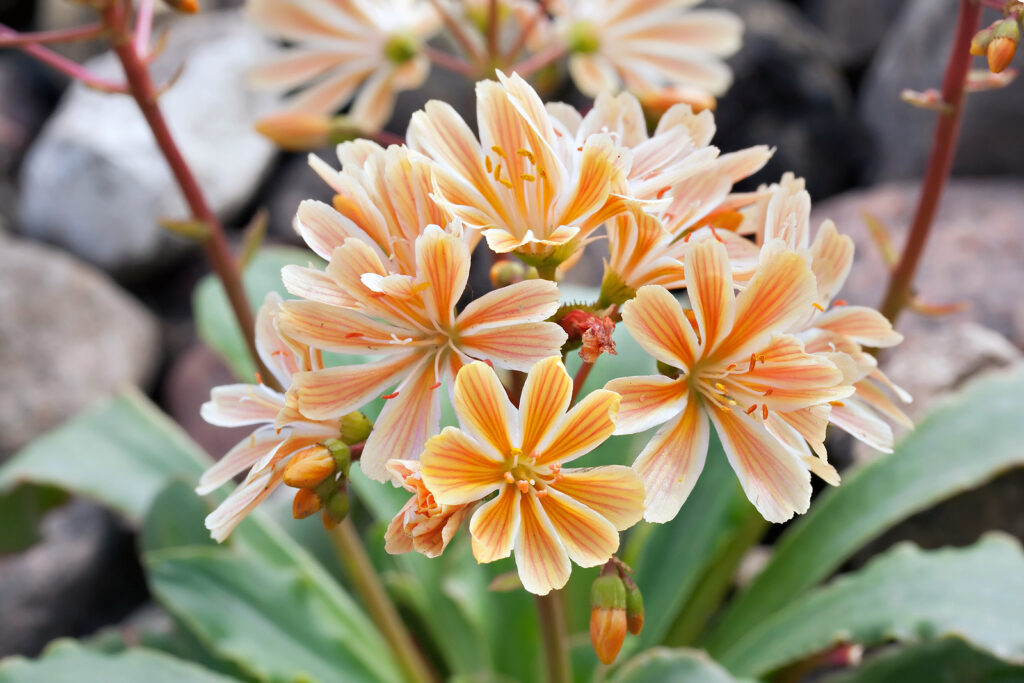
Get to know Lewisia
- Plant type: Perennial wildflower
- Growing zones and range: Zones 4 to 10
- Hardiness: Hardy to Zone 4
- Height and width: 4 to 8 inches (10-20cm) tall and wide depending on the variety.
- Foliage: 4-6 inch (10-15.2cm) stems arise in the center of a rosette or tuft of fleshy deciduous leaves.
- Flowers: Funnel-shaped white, pink, magenta, orange, yellow, or rose, 2-inch (5cm) flowers bloom on 4-6 inch (10-15.2cm) stems.
- Bloom time: Early to late spring.
- Uses: Rock garden or along rock walls, gravel paths, or other spots with excellent drainage.
- Garden companions: Pasque flowers (Pulsatilla vulgaris)
- Common name: Bitterroot
- Botanical name: Lewisia
- Family name: Portulacaceae
- Origin: Western North America
Where to plant Lewisia
- Plant Lewisia in full sun.
- Plant Lewisia in humus-rich, well-drained soil.
- Give Lewisia evergreen species a site in light shade with fairly rich, very well-drained soil that has slightly acid to neutral pH.
- Grow deciduous species and hybrid Lewisia in full sun, also with perfect drainage.
When to plant Lewisia
- Plant container-grown Lewisia in spring or fall.
- Sow seed in autumn.
- Remove offsets and replant in early summer.
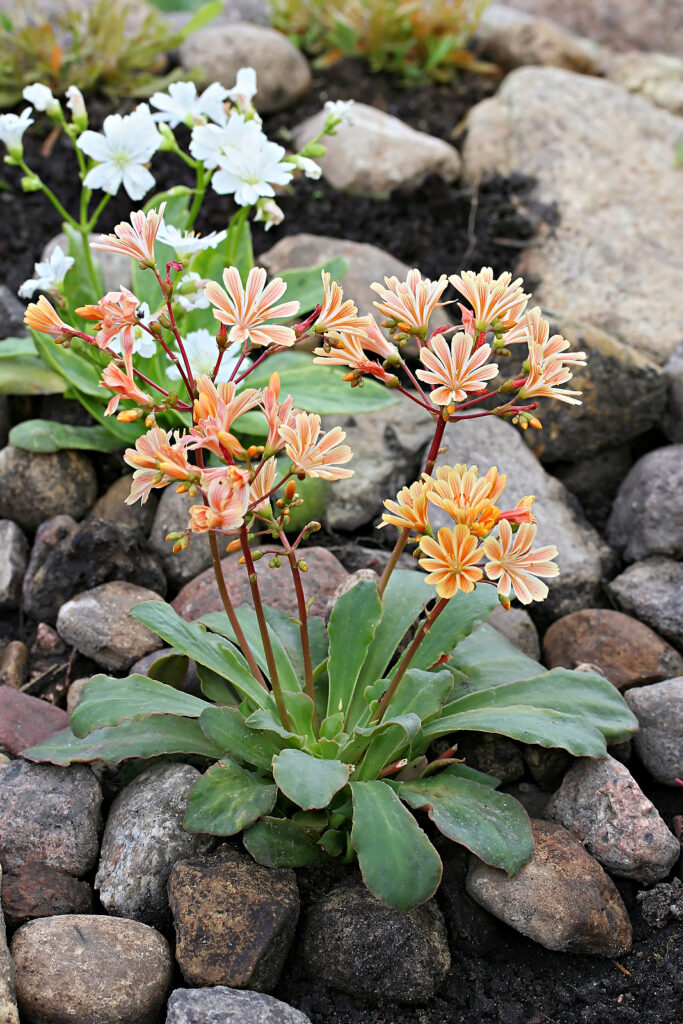
Planting and spacing Lewisia
- Space Lewisia 4 to 8 inches (10-20cm) apart depending on the variety.
- Plant Lewisia with fine gravel around crowns to prevent rot.
- Sow seed 1/8 inch deep in evenly prepared soil.
How to water and feed Lewisia
- Give Lewisia light water. Lewisia needs moisture when in leaf and blooming, dryness when dormant in summer.
- Lewisia needs excellent drainage. Constantly damp soil around the crowns and fleshy rootstocks of these plants is fatal, as is wet soil in winter.
- Feed Lewisia in spring with an all-purpose organic fertilizer.
Lewisia pests and diseases
- Lewisia can develop rust, or rot.
- Lewisia can be attacked by mealybugs, slugs, or snails.
Lewisia propagation
- Divide Lewisia roots in spring or sever offsets that appear in summer.
- Sow seeds in a container in a cold frame in autumn.
Lewisia varieties to grow
- Lewisia cotyledon, evergreen perennial, native to Northern California and Southern Oregon: rosettes of narrow, fleshy, evergreen leaves; 10-inch (25cm) stems topped by large, extremely showy clusters of 1 inch (2.5cm) white or pink flowers striped with rose or red; blooms spring to early summer; can be grown in pots in fast-draining sterilized soil or growing mixes; best in Zones 6 to 8. L. c. howellii is similar, but leaves are wavy-edged and flowers somewhat larger
- L. rediviva, bitterroot, native to mountains of the West.; the state flower of Montana: fleshy roots; short stems with short, succulent, strap-shaped leaves to 2 inches (5cm) long that usually die back before flowers appear (seemingly bare earth) in spring; flowers are borne singly on short stems, look like 2 inches (5cm) wide rose or white water lilies; not difficult to grow if drainage is excellent.
- L. tweedyi, native to mountains, south-central Washington: stunning big, satiny salmon-pinks flowers, one to three to a stem, bloom above fleshy, evergreen, 4 inch (10.2cm) leaves; prune outside growths to keep root crown open to thed air.

